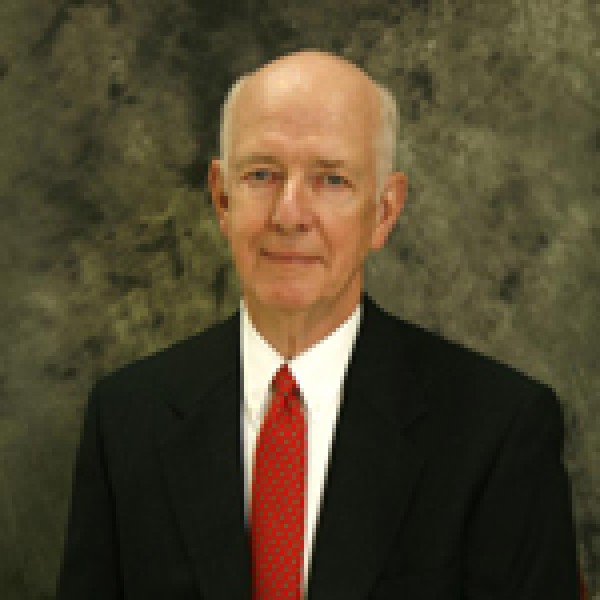Self-Study Course Details
Course Description
Employer-sponsored retirement plans, generally referred to in the aggregate as qualified employee plans, constitute one of the important “legs” of the retirement stool that individuals look to for their income in retirement. The other two legs of that stool are personal savings—through investment in securities, deferred annuities, savings accounts, etc.—and Social Security retirement benefits. This course will examine qualified employee plans, their limits and their tax treatment along with a discussion of annuities and their taxation.
Annuities offer their owners the opportunity to systematically liquidate a principal sum or save money for a long-term objective. For many annuity buyers, that objective is to provide income during retirement. As we will see in our examination of annuities, they provide owners with a number of advantages; principal among them is their tax treatment. By purchasing and investing in an annuity, a contract owner can avoid current income taxation of earnings. By avoiding current income taxation, earnings that might have been used to pay current income taxes can be invested to produce additional income.
Annuities’ tax advantages aren’t limited to tax deferral, however; annuities offer additional tax advantages. For example, an investor purchasing a variable annuity can change his or her investment allocation in the contract’s variable sub accounts whenever desired. Typically, such changes are made in order to implement new objectives or to modify the level of risk assumed. From a tax point of view, the important issue is that the contract owner can make these changes without being required to recognize income as would be required if, for example, the investor liquidated his or her stock portfolio in order to purchase bonds. In addition to these tax benefits, a contract owner that elects to annuitize his annuity contract, i.e. to take a periodic income from it, will find that part of each periodic income payment may be tax free as a return of his or her investment in the annuity contract.
Learning Objectives
Upon completion of this course, you should be able to:
- Distinguish between the types of qualified employee plans;
- Recognize the limits imposed on qualified employee plan contributions and benefits;
- Discover the requirements applicable to qualified employee plan loans;
- Apply the federal tax laws to qualified employee plan contributions and distributions;
- Recognize the changes made to retirement plans and pensions by the SECURE Act, the SECURE Act 2.0, and the CARES Act;
- Recognize the tax treatment of nonqualified annuity distributions; and
- Identify the tax treatment of annuity contributions and distributions.
Learning Objectives
- Please refer to the course description for the learning objectives.
Prerequisites
- None
Advanced Preparation
None
Author Details
-

Paul Winn
Paul J. Winn CLU ChFc is a financial writer, editor and trainer in the insurance industry. Past positions have included product developer, compensation officer, marketing VP, VP of strategic planning as well as being President of Maryland Financial Corporation. Mr. Winn has served on multiple Insurance Industry Boards including Baltimore Chapter of CLU and ChFC and Member/Secretary, Advisory Board to New York State Insurance Department. He is well known as a writer and editor of major mutual life insurance company’s agent-training ”university” and has created more than 100 training/continuing education courses. He is also a published book author.
NASBA Sponsor
-
 Encoursa is registered with the National Association of State Boards of Accountancy (NASBA) as a sponsor of continuing professional education on the National Registry of CPE Sponsors. State boards of accountancy have final authority on the acceptance of individual courses for CPE credit. Complaints regarding registered sponsors may be submitted to the National Registry of CPE Sponsors through its website: NASBAregistry.org.
Encoursa is registered with the National Association of State Boards of Accountancy (NASBA) as a sponsor of continuing professional education on the National Registry of CPE Sponsors. State boards of accountancy have final authority on the acceptance of individual courses for CPE credit. Complaints regarding registered sponsors may be submitted to the National Registry of CPE Sponsors through its website: NASBAregistry.org.
IRS Approved
-
 Encoursa LLC is an IRS-approved continuing education provider. Provider #: KKRBE
Encoursa LLC is an IRS-approved continuing education provider. Provider #: KKRBE
$40.00
CPE
-
Webinars: CPE certificates will be accessible through your dashboard 1 hour after a webinar concludes.
Self-Study: CPE certificates will be accessible through your dashboard immediately after passing the qualified assessment.
For specific instructions on accessing your CPE, please see our FAQ section on our support page.
- Multiple Attendees on Webinars: Each attendee should register separately for the webinar. If more than 1 attendee participated from the same device, please contact us after the event to let us know. For group signups for paid events, please contact us.

